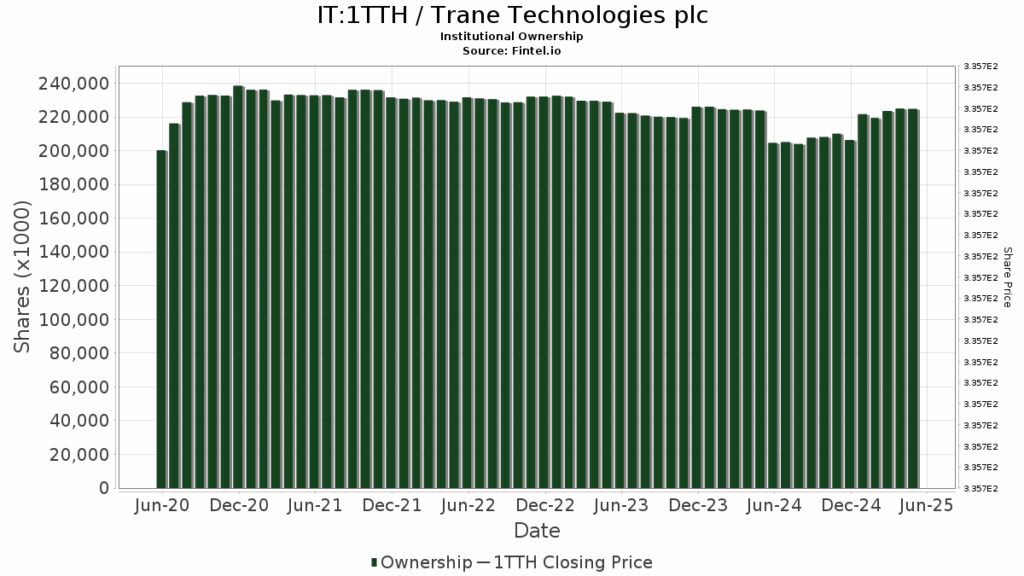Significant Social Security Changes Under Trump’s Presidency
For most retirees, Social Security serves as a crucial income source. A Gallup poll over the past 23 years shows that consistently between 80% and 90% of retirees rely on these payments for financial stability.
However, Social Security is not a fixed program. Annual modifications can affect how beneficiaries manage their information and what they receive from the Social Security Administration (SSA).

President Trump delivering his State of the Union address. Image source: Official White House Photo.
Five Key Modifications to Social Security During Trump’s Presidency
Since taking office for his second term 100 days ago (as of April 29), President Donald Trump has implemented significant changes to Social Security. Here is a summary of the five major alterations along with one significant goal he still wishes to achieve.
1. Cuts to SSA Operations
One of Trump’s earliest actions was the establishment of the Department of Government Efficiency (DOGE) through executive order. This initiative, aided by “special government employee” and Tesla CEO Elon Musk, aims to streamline government spending and enhance efficiency.
As part of DOGE’s recommendations, the SSA plans to cut its workforce by up to 50,000 and close certain offices. The SSA anticipates saving over $800 million by 2025, although this is minimal compared to the $1.392 trillion allocated for benefits and administrative costs in 2023.
2. Transition to Electronic Payments
The second major change is the planned elimination of paper Social Security checks. Currently, nearly 486,000 beneficiaries receive monthly payments via paper checks.
On March 25, Trump signed an executive order mandating that all agencies, including Social Security, move to electronic funds transfers, including direct deposit, by September 30, 2025. He cited rising check fraud as a reason for this transition, asserting that digital payments are more efficient and secure.
3. Enhanced Identity Verification Measures
Under Trump’s administration, identity verification protocols are also changing significantly.
Effective April 14, beneficiaries must use an online “my Social Security” account with two-factor authentication, or visit an SSA office to change direct deposit details or apply for benefits. Exceptions are made for those with terminal illnesses or those being released from prison. This shift aims to curtail fraud more effectively.

Image source: Getty Images.
4. Changes to Overpayment Recovery Rules
Trump also reversed rules regarding overpayment recoveries that were established during President Joe Biden’s tenure.
The SSA sometimes mistakenly overpays beneficiaries. During Biden’s administration, the recovery rate was set at 10% of a beneficiary’s monthly check. Under Trump, this rate has been increased to 50%, a change expected to save the federal government about $7 billion over the next decade.
5. Nomination of Frank Bisignano as SSA Commissioner
An additional change is Trump’s nomination of Frank Bisignano, CEO of financial services technology company Fiserv, to lead the SSA.
Bisignano, who will resign from Fiserv upon confirmation or by June 30, has significant experience in digital payments, critical as the SSA moves towards a paperless system. On April 2, the U.S. Senate Finance Committee voted to advance Bisignano’s nomination, particularly along party lines (14-13).
A Potential Tax Elimination for Social Security Benefits
Among these changes, one significant reform still lies ahead. In a July social media post, Trump stated, “Seniors should not pay tax on Social Security.”
This statement suggests Trump aims to eliminate taxes on Social Security benefits, potentially increasing monthly payments for about half of all retired workers. While the move could enhance payouts, it poses challenges reminiscent of the 1983 reforms aimed at maintaining Social Security’s financial health.
In that era, significant action was necessary as the program faced financial strain. The Social Security Amendments of 1983 led to increased payroll taxes and the introduction of taxes on benefits, which remain contentious to this day.

The tax on Social Security benefits.
# Social Security Tax on Benefits: A Growing Concern for Retirees
The taxation of Social Security benefits has increasingly become a significant income source for funding programs. Data from YCharts shows that income from the taxation of benefits is vital for the U.S. Old-Age, Survivors, and Disability Insurance Trust Fund.
## Historical Context of Taxation
Since 1984, up to 50% of Social Security benefits can be taxable if provisional income exceeds $25,000 for single filers or $32,000 for couples filing jointly. A decade later, the tax structure was updated, allowing up to 85% of benefits to be taxed when provisional income surpasses $34,000 for singles and $44,000 for couples.
## Beneficiary Discontent
Many beneficiaries resent this tax, viewing it as a form of double taxation. A primary complaint is that the thresholds for taxation have not been adjusted for inflation. With increasing wages and cost-of-living adjustments (COLAs), more senior households are now subject to this tax.
## The Importance of Retaining the Tax
Although there is discontent towards this taxation, including calls for its removal, the revenue it generates is crucial. The 2024 report from the Social Security Board of Trustees projects that taxing benefits will generate $943.9 billion from 2024 through 2033.
Eliminating this tax would significantly impact the Social Security Administration (SSA) as it constitutes one of three key funding sources. Given that the Old-Age and Survivors Insurance Trust Fund (OASI) is expected to deplete its reserves in just eight years, removing this tax would accelerate the decline of its assets. This could result in even steeper cuts to benefits than the 21% reduction currently predicted for retired workers and survivor beneficiaries by 2033.
## Conclusion
In essence, eliminating the tax on Social Security benefits does not present a viable financial solution for America’s leading retirement program.
The views and opinions expressed herein are the views and opinions of the author and do not necessarily reflect those of Nasdaq, Inc.


